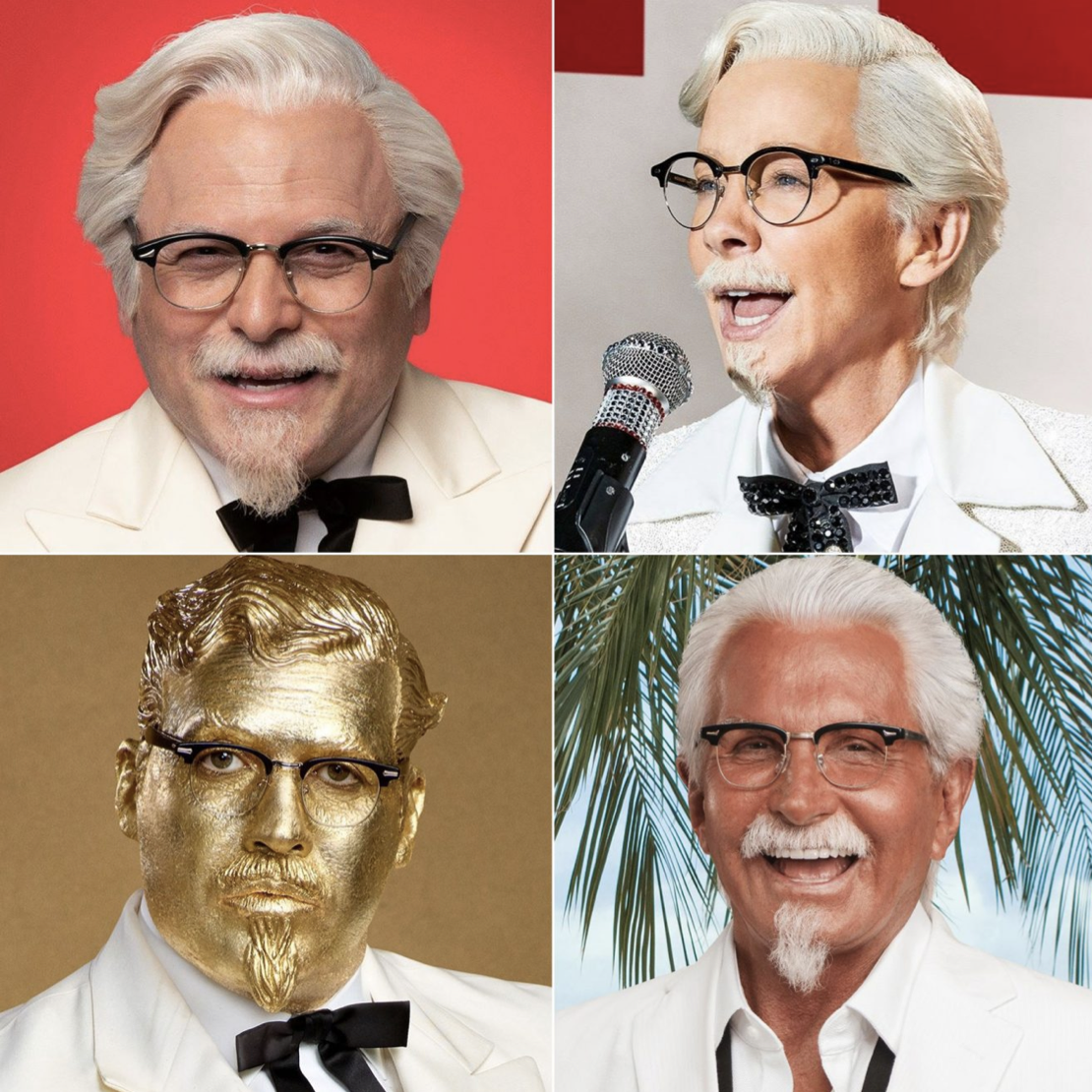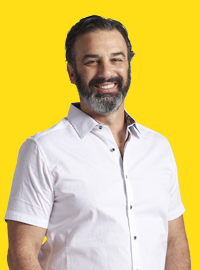What makes a great product pitch man? You know, someone who represents your brand. The young, hip folk call them “influencers” or “brand ambassadors” today.
You might imagine that the formula for a good pitch man includes handsome, male, clean cut, articulate, white, straight, professionally dressed and speaking with golden pipes…wait. I’m sorry. Did I say pitch man? Did I say white? I did, didn’t I? Please excuse me. Let’s start over.
What makes for a great pitch person? Is it random? Are all celebrity pitch people comedians? Or maybe it’s based on a celebrity who the CEO really likes?
Early on in the history of television and radio advertising, pitch people largely fit into two categories: All-American white housewives and professional-looking white men with voices as smooth as silk that’s dipped in butter and wrapped around a caramel center that the late soul singer Isaac Hayes swims in after supper.
But humans have evolved – from apes to humans, in fact. And since the 1970s, pitch people have become rather diverse. Why? Because decision-makers at brands realized they are not just selling products to educated white folks – if not largely to white moms. If done correctly, choosing the right spokesperson is a scientific exercise focused on building a powerful connection between brand and audience with the human connector – the pitch person – at the center.
But wait, there’s more!
It’s important to note that not every pitch man screams at viewers like Billy Mays, or once hosted two of the most popular gameshows ever and has a golden throat like Chuck Woolery?
But let me restate for those not paying attention: Not all pitch people are white men, at least not anymore. In fact, one of my favorites is the great Billy Dee Williams (Hello Lando!!!!).
Man, I’m craving malt liquor right now.
Anyhow, let’s also not forget lovable former boxer George Foreman (who has like eleventeen kids all named George).
While pitch people have historically tended to be straight – at least, as far as we know – there are exceptions to the rule. Fitness celebrity Richard Simmons is a legend.
High fives all around for progress! It’s moved us beyond not only an LGBTQIA+ bias in pitch people, but crossed genders as well. The insanely-likable Ellen Degeneres, after all, is about as bankable a celebrity pitch woman as there is today.
Pitch people can even be — how do I put this – cartoonish, less-than-elegant ruffians (Fact: In all my years of copywriting and journalism, this is the first time I’ve used the word “ruffians”).
In the end, how brands ultimately choose pitch people and what they look and sound like today is dramatically different than 60 years ago. Much like all facets of marketing — at least in our case — its an effort that is driven by data. Thus, today pitch people come in a variety of shapes, colors, scents and flavors. Or, in the case of KFC (brilliantly, I might add), multiple men and women playing the same character.



